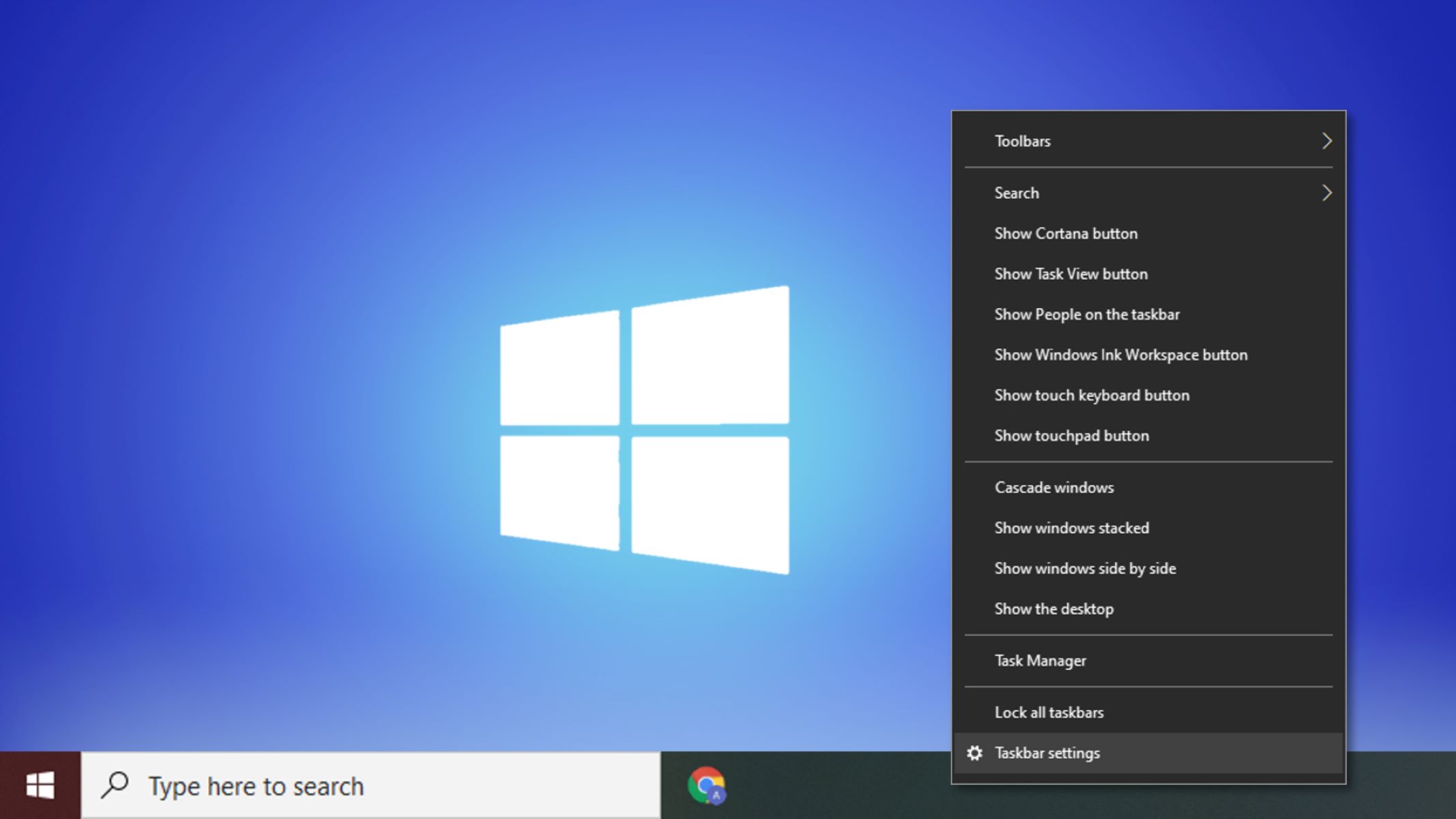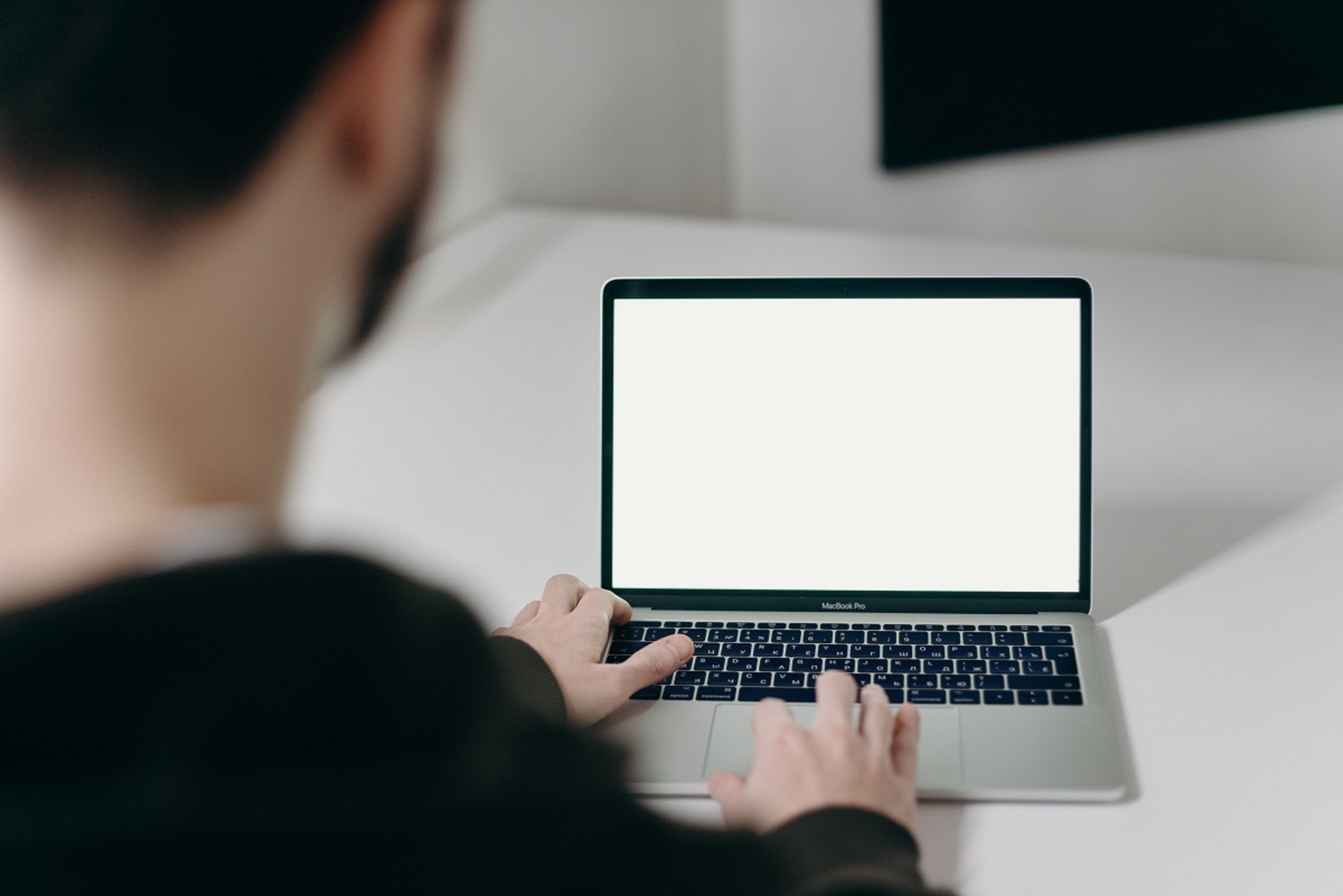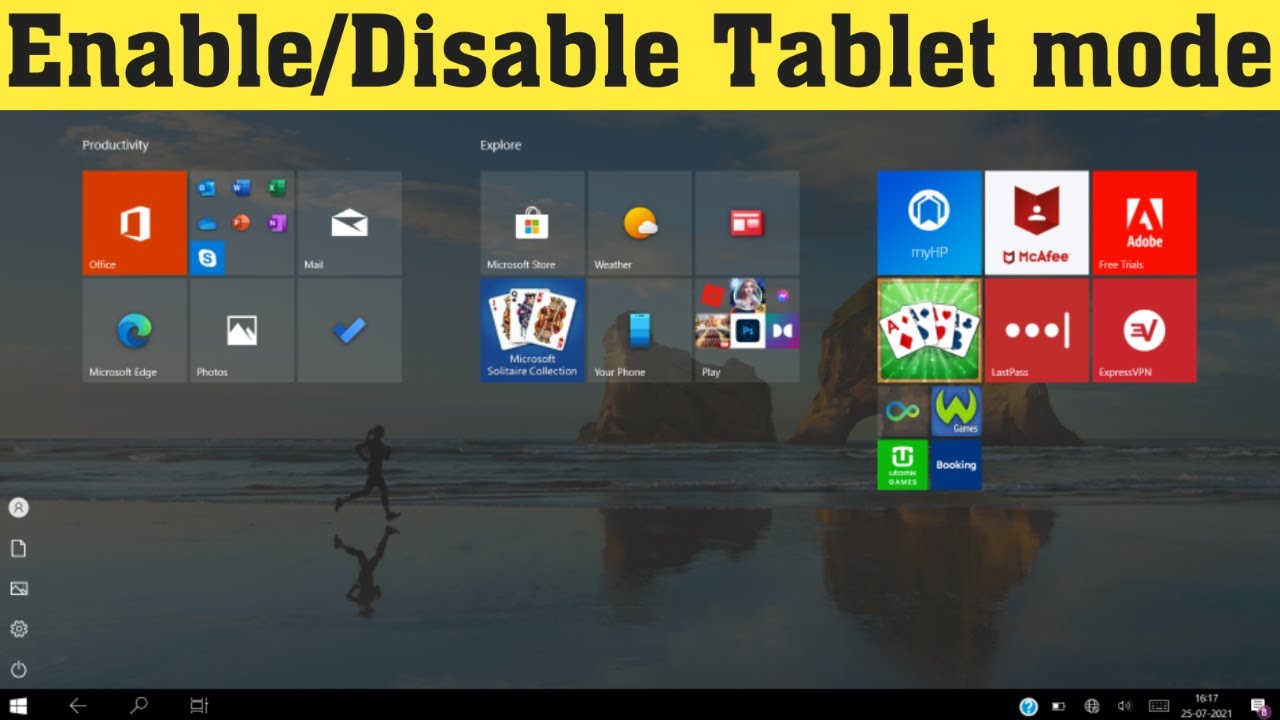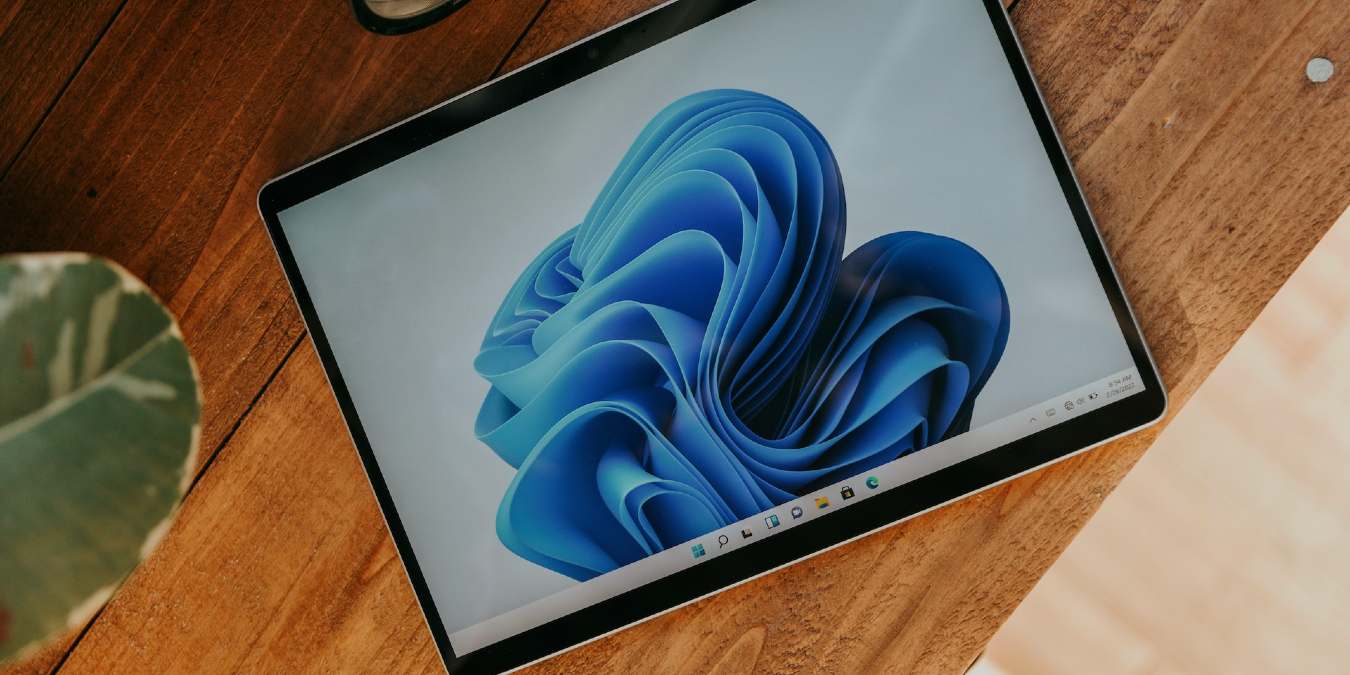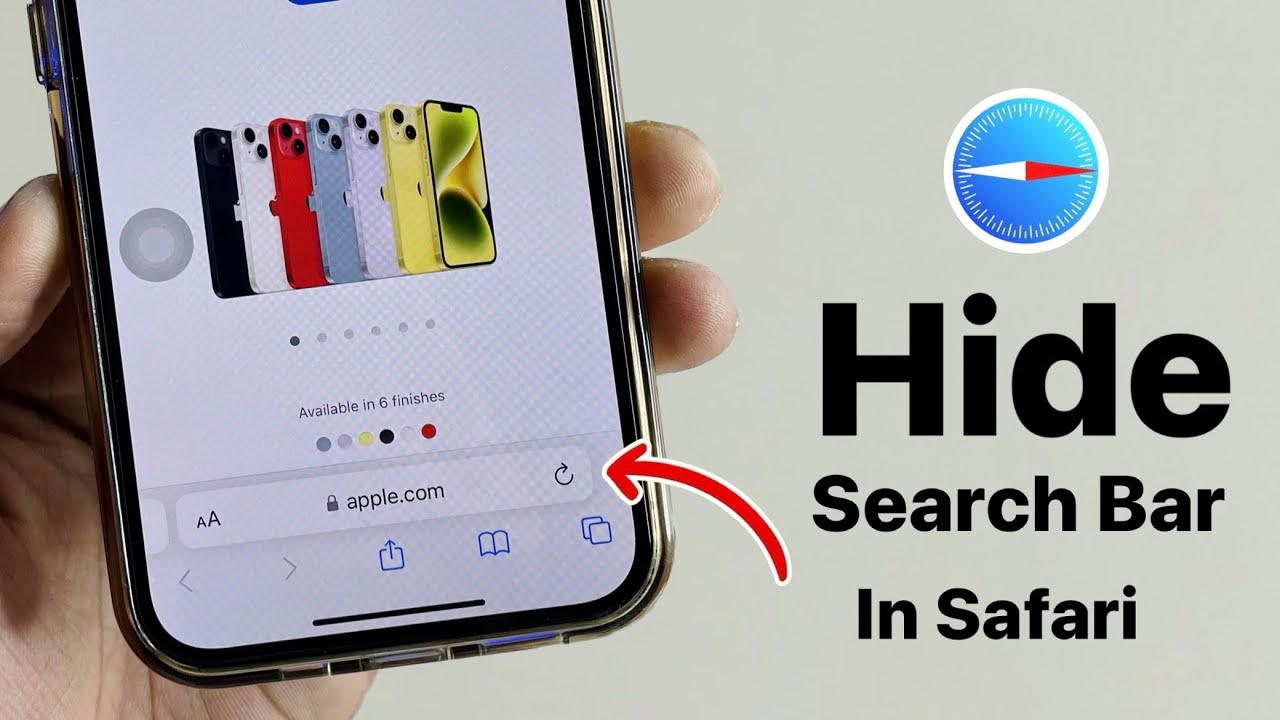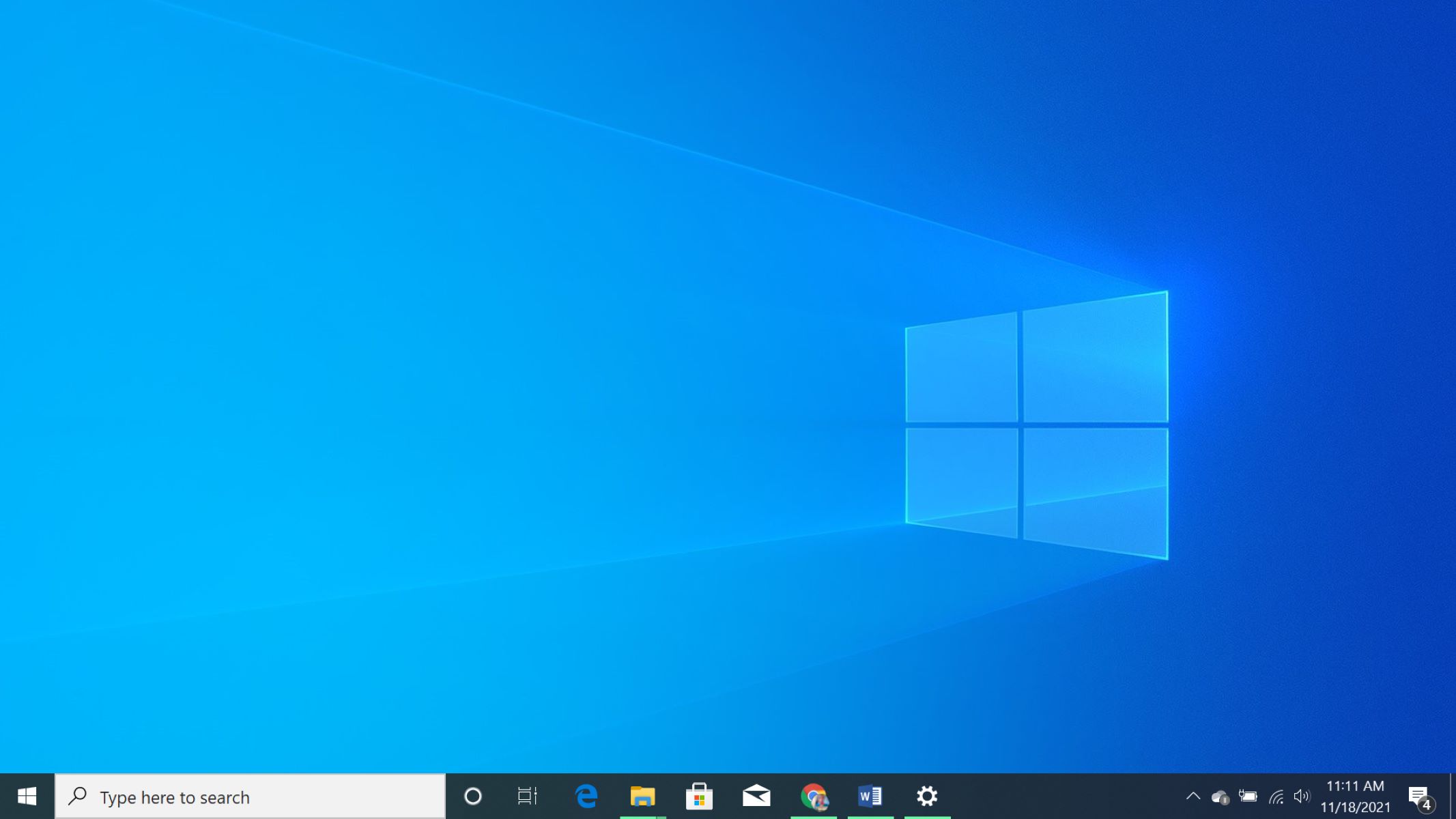Introduction
Whether you’re looking to maximize screen space or just prefer a clean and clutter-free interface, hiding the taskbar on your Windows desktop can be a handy customization option. The taskbar, located at the bottom of the screen, provides quick access to frequently used programs, system notifications, and the Start menu. However, it can sometimes get in the way or simply be an unnecessary distraction.
In this article, we will explore different methods to hide the taskbar on Windows, ranging from built-in settings to third-party applications. These methods are applicable to Windows 10, Windows 8, and Windows 7, giving you the flexibility to personalize your desktop experience based on your preferences and needs.
By hiding the taskbar, you can free up valuable screen real estate, create a more immersive full-screen experience, and customize your desktop to reflect your unique style. Whether you use your computer for work, gaming, or leisure, being able to hide the taskbar can help you focus on the task at hand without any distractions.
Before we dive into the various methods, it’s important to note that hiding the taskbar does not mean it permanently disappears. Instead, it becomes hidden until you need it. You can still access the taskbar by moving your cursor to the bottom of the screen, pressing the Windows key on your keyboard, or using keyboard shortcuts.
Now, let’s explore the different methods you can use to hide the taskbar on your Windows desktop.
Method 1: Auto Hide Taskbar
One of the simplest and built-in ways to hide the taskbar on Windows is by enabling the “Auto Hide” feature. When this feature is enabled, the taskbar will remain hidden until you hover your mouse over the area where it is located.
To enable Auto Hide, follow these steps:
- Right-click on an empty area of the taskbar.
- From the context menu, select “Taskbar settings.”
- In the Taskbar settings window, toggle the switch under “Automatically hide the taskbar in desktop mode” to the “On” position.
- Optional: If you want the taskbar to also be hidden in tablet mode, toggle the switch under “Automatically hide the taskbar in tablet mode” to the “On” position.
Once you’ve made these changes, the taskbar will automatically hide and appear when needed. This allows you to have a full-screen experience without the taskbar taking up space on your desktop.
It’s important to note that in Auto Hide mode, the taskbar may still pop up temporarily when certain programs or notifications require attention. However, it will quickly disappear again once you’ve dealt with the necessary actions.
Auto Hide is a convenient option for those who prefer a clutter-free desktop and want to make the most of their screen real estate. However, it may take a little getting used to, as you’ll need to consciously move your mouse to the taskbar area whenever you need to access it.
Now that you know how to enable Auto Hide, let’s explore another method for hiding the taskbar on Windows.
Method 2: Taskbar Settings
In addition to the Auto Hide feature, Windows provides various taskbar settings that allow you to customize its behavior and appearance. By tweaking these settings, you can effectively hide the taskbar and personalize it according to your preferences.
To access taskbar settings, follow these steps:
- Right-click on an empty area of the taskbar.
- From the context menu, select “Taskbar settings.”
Once you’re in the Taskbar settings window, you have several options to customize the taskbar:
- Lock the taskbar: By locking the taskbar, you prevent it from being moved or resized accidentally. Ensure that this option is checked if you want to keep the taskbar in a fixed position.
- Automatically hide the taskbar in desktop mode: Similar to Method 1, enabling this option will hide the taskbar until you move your mouse to the area where it is located.
- Automatically hide the taskbar in tablet mode: If you frequently switch between tablet mode and desktop mode, you can choose to have the taskbar automatically hidden in both modes.
- Taskbar location on screen: You have the flexibility to choose where the taskbar is displayed on your screen – whether it’s at the bottom, top, left, or right. Changing the taskbar’s position can provide a different visual experience and might be useful if you are using multiple monitors.
- Combine taskbar buttons: This option determines how icons are displayed on the taskbar when multiple instances of a program are open. You can choose to combine them, never combine them, or only combine them when the taskbar is full. Experimenting with this setting can help you find the most efficient arrangement for your workflow.
By leveraging the taskbar settings, you can personalize its appearance and functionality to suit your needs. Whether you prefer a clean and minimalistic look or a more organized approach, tweaking these settings can greatly enhance your taskbar hiding experience.
Now that you’re familiar with the taskbar settings, let’s move on to another method of hiding the taskbar on Windows.
Method 3: Full Screen Mode
If you want to maximize your screen space and completely hide the taskbar while using specific applications or viewing media, utilizing the full-screen mode is an effective option. Many programs and web browsers support this mode, allowing you to enjoy a distraction-free experience.
To enter full-screen mode in most applications, you can use one of the following methods:
- Look for a dedicated full-screen button or option within the application’s interface. This is usually indicated by an icon of two arrows pointing diagonally outward.
- Press the F11 key on your keyboard. This is a common shortcut that activates full-screen mode in many applications, including web browsers like Google Chrome and Mozilla Firefox.
Once you’ve activated full-screen mode, the taskbar will be hidden, providing you with a seamless and immersive experience. This is particularly useful for activities such as watching movies, playing games, or giving presentations where you want to eliminate any distractions and focus solely on the content.
It’s important to note that in full-screen mode, you may need to move your mouse to the top or bottom of the screen to access the application’s menu or taskbar. Different applications use different methods, so familiarize yourself with the specific program’s functionality to navigate through menus or options if needed.
When you’re ready to exit full-screen mode, you can simply press the F11 key again or look for the dedicated exit full-screen button within the application’s interface.
Utilizing full-screen mode is a fantastic way to not only hide the taskbar but also have an immersive experience with your favorite applications. Now, let’s explore one more method for hiding the taskbar using third-party apps.
Method 4: Third-Party Apps
If the built-in options provided by Windows are not sufficient for your taskbar hiding needs, you can turn to third-party applications that offer more advanced customization options. These apps provide additional features and flexibility, allowing you to hide the taskbar in unique ways.
Here are a few popular third-party apps that can help you hide the taskbar:
- Taskbar Hider: Taskbar Hider is a lightweight and straightforward utility that allows you to hide the taskbar with a single click. It runs discreetly in the background and can be accessed through a system tray icon.
- Classic Shell: Although primarily known for restoring the classic Start menu, Classic Shell also provides the option to hide the taskbar. This free application gives you more control over the taskbar appearance and behavior.
- StartIsBack: StartIsBack is another popular tool that brings the classic Windows Start menu back to Windows 10. Along with this functionality, it also offers the ability to hide the taskbar for a streamlined desktop experience.
When choosing a third-party app, ensure that it is from a trusted source and compatible with your operating system version. Take some time to explore the features and options provided by these apps to find the one that best suits your needs.
Remember that third-party apps may introduce additional functionalities and customizations that go beyond taskbar hiding. So, if you’re looking for more advanced ways to personalize your desktop, these apps might be worth considering.
Now that you know about third-party apps, let’s summarize what we’ve learned throughout this article.
Conclusion
Hiding the taskbar on your Windows desktop can contribute to a cleaner and more immersive workspace, allowing you to focus on your tasks without any distractions. Whether you prefer using built-in settings or exploring third-party apps, there are various methods available to hide the taskbar based on your preferences and needs.
In this article, we discussed four different methods:
- Auto Hide Taskbar: This built-in feature allows you to automatically hide the taskbar until you hover your mouse over it.
- Taskbar Settings: Windows provides various taskbar settings that allow you to customize its behavior, such as locking it, changing its location, and combining taskbar buttons.
- Full Screen Mode: Many applications and web browsers offer a full-screen mode that hides the taskbar, providing a distraction-free experience.
- Third-Party Apps: If you need more advanced customization options, there are third-party apps available that offer additional features for hiding the taskbar.
By employing these methods, you can enhance your productivity, maximize screen space, and create a personalized desktop environment.
Remember to choose the method that aligns with your workflow and preferences. Experiment with different options, and don’t hesitate to make adjustments until you achieve the ideal setup for your needs.
Regardless of which method you choose, it’s important to keep in mind that hiding the taskbar doesn’t mean it’s gone forever. You can still access it by moving your mouse to the bottom of the screen or using keyboard shortcuts.
Now that you are equipped with the knowledge of hiding the taskbar in Windows, go ahead and customize your desktop to create a clutter-free and distraction-free workspace that boosts your productivity and enhances your computing experience.







